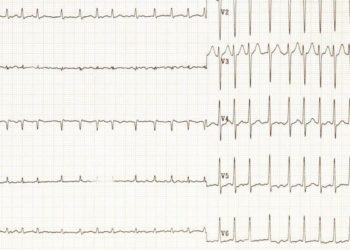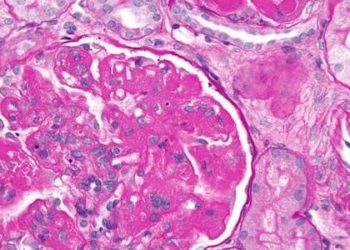VASST: Vasopressin versus Norepinephrine Infusion in Patients with Septic Shock [Classics Series]
One of the key takeaways is the importance of early intervention in patients with sepsis. The study found that early administration of vasopressin significantly reduced mortality rates compared to the placebo group.
Additionally, the VASST study highlighted the potential risks and benefits associated with vasopressin therapy, shedding light on the safety profile of this intervention.
Key Findings
In this section, we’ll delve deeper into the key findings of the VASST study. By examining the specific outcomes and results, we can gain a more comprehensive understanding of the implications of the research.
One of the significant findings was the impact of vasopressin on mean arterial pressure. The study demonstrated that vasopressin administration led to a significant increase in mean arterial pressure compared to the placebo group.
Furthermore, the VASST study revealed insights into the impact of vasopressin on organ dysfunction and recovery time. These findings provide valuable information for clinicians managing septic patients.
Recommended Guidelines
Based on the findings of the VASST study, several recommended guidelines have been outlined. These guidelines are designed to provide medical professionals with evidence-based recommendations for the treatment of sepsis.
One of the key recommendations is the early initiation of vasopressin therapy in septic patients who require vasopressors. This intervention has been shown to improve outcomes and reduce mortality rates.
Study Design
In this section, we’ll delve into the study design of the VASST study. Understanding the methodology employed in the research is crucial for evaluating the validity and reliability of the findings.
The VASST study utilized a randomized controlled trial design, with participants assigned either to the vasopressin group or the placebo group. This rigorous design allows for the accurate assessment of intervention effectiveness.
Study Population
Now, let’s explore the study population of the VASST trial. This section provides information about the participants involved in the study, which is essential for understanding the generalizability of the findings.
Criteria for Inclusion
The VASST study had specific criteria for inclusion, ensuring that the participants met certain characteristics. These criteria help to define the population under study and ensure the validity of the results.
Criteria for Exclusion
Similarly, the VASST study also had criteria for exclusion, which helped to ensure that the study population was representative of the targeted group.
Overview of Participant Characteristics
In this section, we’ll provide an overview of the characteristics of the participants involved in the VASST study. By understanding the demographics and baseline characteristics of the participants, we can better interpret the study findings.
The VASST trial included a diverse group of patients, encompassing various ages, genders, and underlying conditions. This diversity strengthens the generalizability of the findings and their relevance to the broader population.
Investigating Interventions
Now, let’s shift our focus to investigating the interventions examined in the VASST study. By understanding the specific interventions and the rationale behind their selection, we can gain insights into the treatment options available for septic patients.
Examining Outcomes
Next, we’ll examine the outcomes assessed in the VASST study. These outcomes serve as indicators of the effectiveness of the interventions and are crucial for evaluating their impact on patient outcomes and overall prognosis.
Primary Outcome Measures
The VASST study had defined primary outcome measures, which served as the main indicators of treatment efficacy. These measures were carefully selected and evaluated to provide meaningful insights into the interventions.
Secondary Outcome Measures
In addition to the primary outcome measures, the VASST study also evaluated secondary outcome measures. These measures offered a more comprehensive understanding of the intervention’s impact on various aspects of patient health and well-being.
Analysis of Subgroups
Furthermore, the VASST study conducted an analysis of subgroups to explore potential heterogeneity in treatment response. This analysis allows for the identification of specific patient populations that may benefit more from the interventions.
Adverse Events and Safety
Finally, it’s crucial to examine the adverse events and safety profile associated with the interventions examined in the VASST study. By understanding the potential risks and side effects, clinicians can make informed decisions and prioritize patient safety.
The VASST study carefully documented and evaluated adverse events, providing valuable insights into the safety profile of vasopressin therapy.
By exploring the various sections of this guide, you’ll gain a comprehensive understanding of the VASST study, its key findings, and the implications for clinical practice. This ultimate guide serves as a valuable resource for medical professionals and researchers looking to enhance their knowledge of sepsis management.
© 2 Minute Medicine, Inc. All rights reserved. No works may be reproduced without expressed written consent from 2 Minute Medicine, Inc. Inquire about licensing here. No article should be construed as medical advice and is not intended as such by the authors or by 2 Minute Medicine, Inc.







